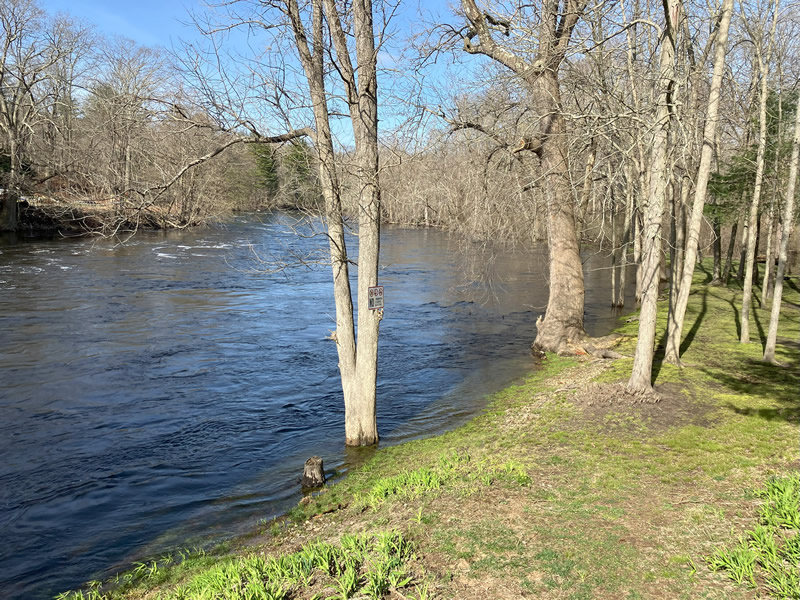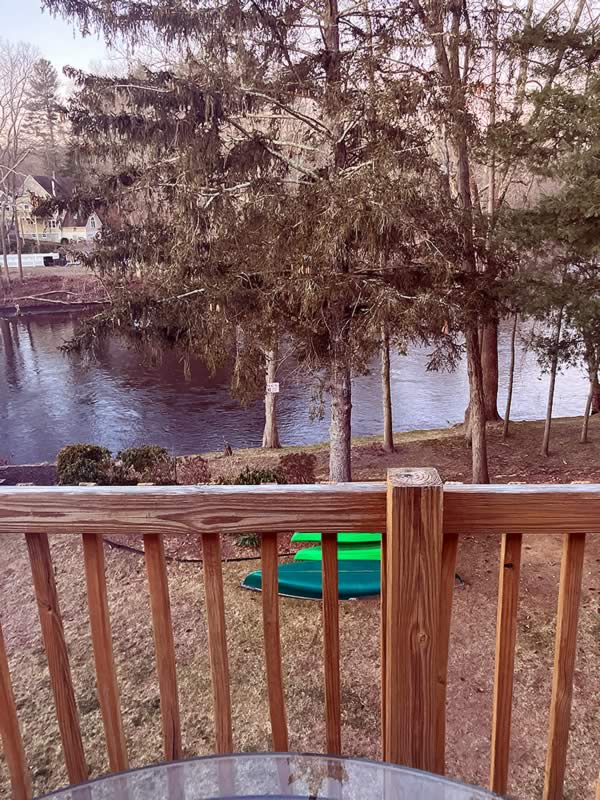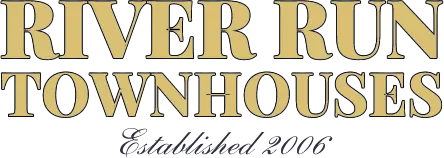Quinebaug River Info
The Quinebaug River is a river in the northeastern United States, located in Connecticut and Massachusetts. It is approximately 69 miles long and flows through several towns and cities, including Southbridge and Sturbridge in Massachusetts, and Thompson, Putnam, and Danielson in Connecticut.
The Quinebaug River is a tributary of the Shetucket River, which eventually flows into the Thames River and then into Long Island Sound. The river is known for its scenic beauty and recreational opportunities, including fishing, kayaking, and canoeing. It is also home to a variety of fish species, including trout, bass, and perch.
In addition to its recreational and ecological significance, the Quinebaug River has played an important role in the history of the region. In the past, the river was used for transportation of goods and supplies, and its banks were home to numerous mills and factories. Today, the Quinebaug River remains an important natural resource and a cherished part of the local community.
There are several recreational activities available at the Quinebaug River, including:
- Fishing: The river is a popular spot for fishing, with a variety of fish species such as trout, bass, and perch.
- Kayaking and Canoeing: The Quinebaug River provides opportunities for kayaking and canoeing, with various sections of the river suitable for different skill levels.
- Hiking and Biking: There are several trails that follow the Quinebaug River, offering scenic hiking and biking opportunities.
- Wildlife Watching: The river and its surrounding areas are home to a variety of wildlife, including birds, turtles, beavers, and other animals.
- Picnicking and Camping: Some areas along the river have designated picnic and camping areas for visitors to enjoy the beautiful scenery.
- Scenic Drives: There are several scenic drives that run parallel to the Quinebaug River, providing beautiful views of the river and the surrounding countryside.
It’s important to note that specific recreational activities may be subject to regulations and restrictions, and it’s always a good idea to check with local authorities or property management for more information.

3 Level Townhouses
Our 3 level townhouses feature a modern and sleek exterior with each building its own unique color. Multiple windows and balconies often adorn the facade, providing ample natural light and outdoor spaces.
2, 3 & 4 Bedrooms
If you’re a small family or have a roommate, our 2-3 bedroom townhouse offers a cozy and efficient layout with essential amenities.
Waterfront Views
Nestled along the gentle curves of the Quinabaug River, this riverfront oasis offers a perfect blend of serenity and natural beauty.
Air Conditioning
Each unit is equipped with central air-conditioning and heat. Imagine the comfort of a home where the temperature is always just right.
Bathroom
Each unit has a minimum of two full bathrooms, each equipped with showers or bathtubs, family members or roommates can enjoy personal space.
Laundry
In-house washer and dryer offers significant convenience and efficiency. When you stay you can wash and dry your clothes at your own pace, any time of day.
Wifi & Cable
Having Wi-Fi and cable available in your home brings numerous benefits, enhancing both convenience and entertainment.
Parking & Lighting
Ample parking is provided for our unit owners and their guests. Owners can choose from their garage/driveways to our back and front parking areas.

Get In Touch
Send Us A Message
Call Us: (401) 837-0636


